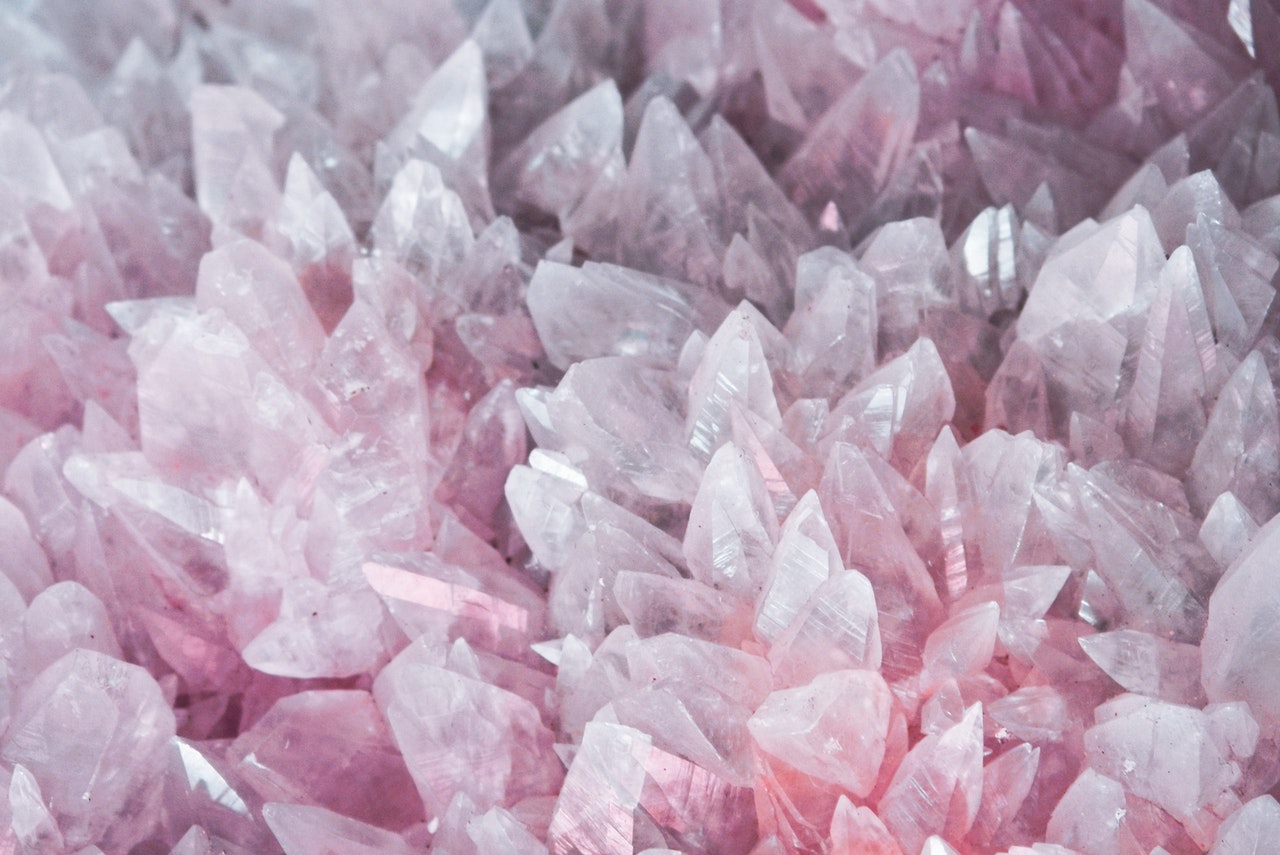Fads in the kitchen come and go. We’ve seen colors and patterns emerge in the 60s, and allowed white appliances and light oak wood tones to define a 90s kitchen. Entering the 2000s, modern sophistication presented itself in simple cabinetries and minimalist stainless steel appliances.
Then, granite quickly became a popular countertop material. For a decade, natural stone was the rage in kitchens and bathrooms. However, a new competitor has emerged: Quartz. A popular material for home renovations for its beauty and claims of a low environmental impact.
Read on to discover everything you need to learn about quartz.
Producing Quartz
Quartz is a naturally occurring mineral that can be found in abundance throughout nature. Quartz is not a stone, but rather a type of crystal. It has been mined for centuries and is widely used for purposes other than cooking. It has been used to make watches and other electronic devices.
Widely used, quartz can be found in a variety of rocks. Quartz is then eroded into sand or deposited in soil when rocks are eroded. White sands are primarily composed of quartz. Despite the fact that the mineral is naturally clear, flaws cause color variations.
While natural quartz is abundant, its flaws make it unsuitable for manufacturing. As a result, synthetic quartz was created. Each year, up to 200 tons of cultured quartz are produced.
The Quartz Countertop
To make a standard countertop, quartz is extracted in small fragments and mixed with resins. During the mixing process, additional pigments and stones may be added. This could be a stone or a shard of glass. These elements can be combined to create a surface pattern.
Antibacterial properties are occasionally added. This step is required to get the counter ready for food preparation.
After all the ingredients have been added, industrial mixers thoroughly combine them. The finished product is poured into molds intended for use on a countertop. After that, bake it. The finished product has been polished and is ready to be installed.
Quartz countertops have been available since the 1980s. However, it was only recently that it became a kitchen trend. Quartz countertops in the modern era are composed of 90% quartz.
The Benefits of Quartz
The Durability
Quartz’s durability is frequently lauded by kitchen experts. While natural stone has a distinct appearance, it requires more maintenance than a laminate or solid surface. This makes quartz an excellent compromise. It resembles stone but performs similarly to a solid surface.
Resistant to heat, quartz is almost impervious to damage. It’s neither abrasive nor brittle and offers watertight and self-sealing surfacing for hygienic purposes. As a result, it is stain-resistant and simple to maintain.
The Variety
Quartz has grown in popularity as the depth of natural stone drew people in. Natural stones have movement, color variation, and other features. This distinguishes stone from laminate and solid surfaces.
Quartz lacks depth but has a wider range of motion than the other materials. Its natural luster gives the countertop a three-dimensional appearance similar to natural stone.
Finally, because quartz is a man-made stone, it comes in a variety of colors. There is a limited selection of natural stones. As a result, Quartz allows for more customization.
The Cost
In terms of pricing, quartz is comparable to the majority of natural stones. Quartz can cost up to $90 per square foot, mainly due to its benefits and high demand.
In this regard, quartz is not the cheapest material. Although given these additional benefits, many kitchen experts believe quartz is still a good buy.
Conclusion
Quartz countertops are clearly popular for a variety of reasons. However, it is not just about function and appearance. It is critical to protect the environment.
Quartz is widely available and easily mined. This is beneficial to the environment and increases sustainability. Moreover, this naturally occurring mineral does not necessitate any special treatment. As a result, the material is less frequently damaged or lost, and waste is generated less frequently.
Other advantages include greater durability. Because quartz is more durable than other materials, it requires less frequent replacement. It is also recyclable and is best used for recycled glass materials, green building, or remodeling projects.
Do you want to learn more about women in mining? Janet Sheriff brings a wealth of experience in strategic planning, management, indigenous affairs, and communications to new ventures, mining, and exploration. Discover her services today!

